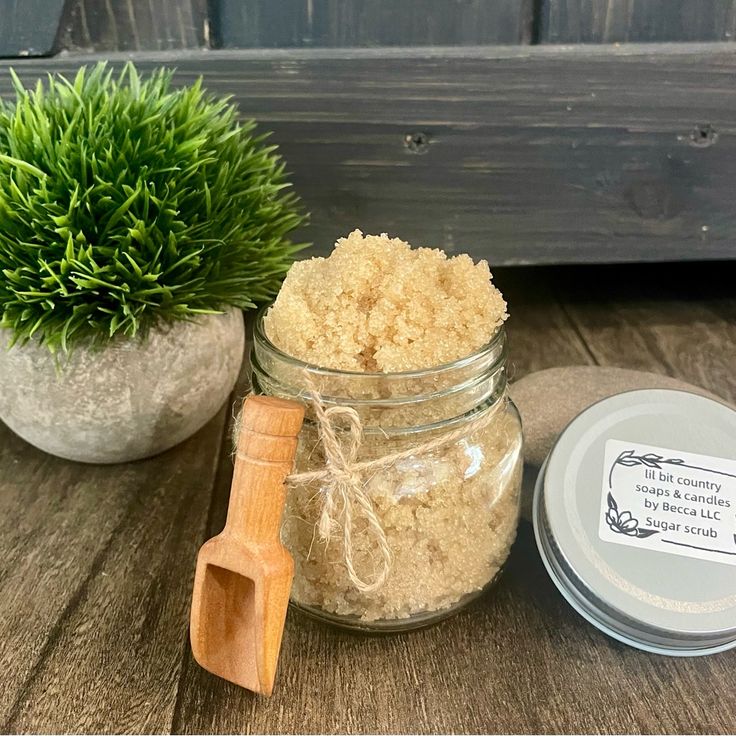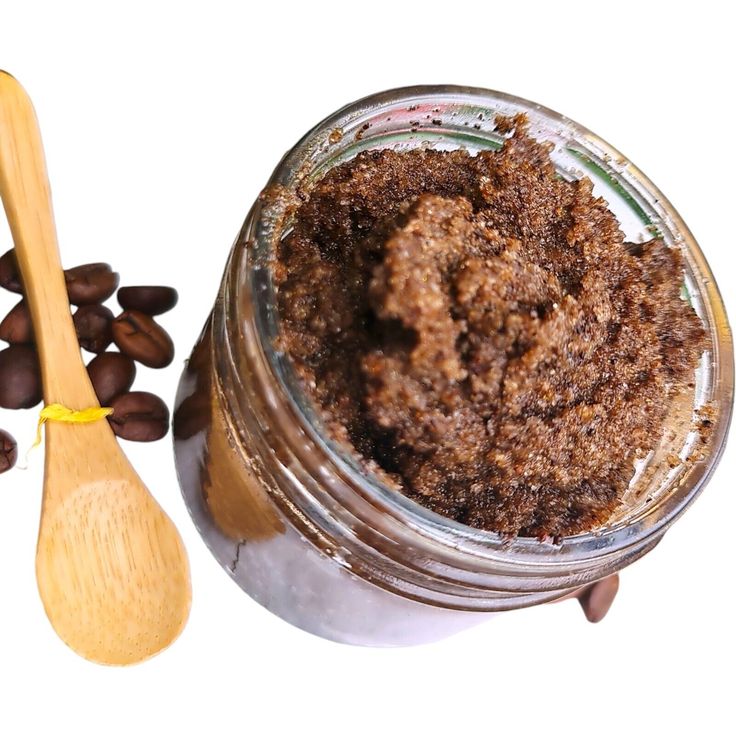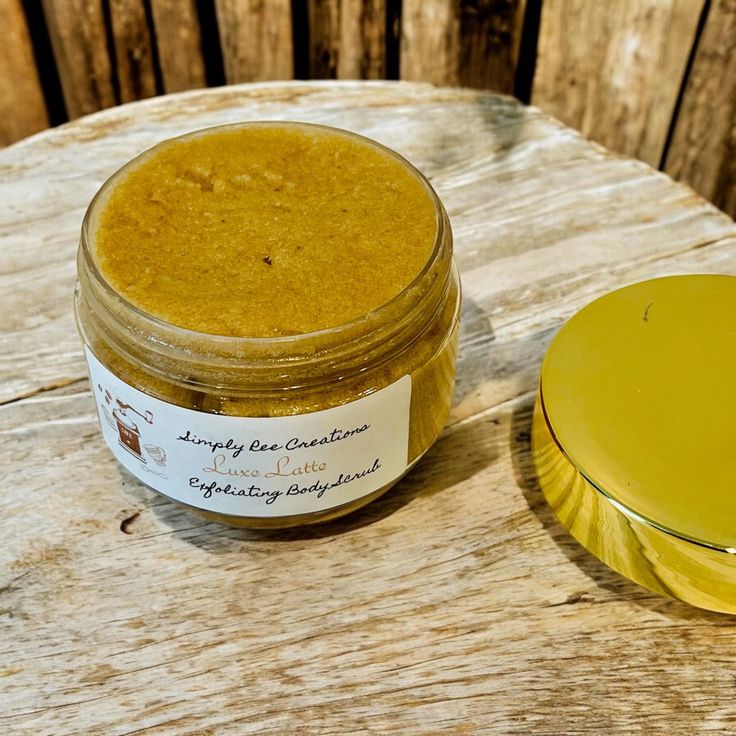Introduction to DIY Body Scrubs
Creating your own body scrubs at home is easy and rewarding. With a few basic pantry items, you can mix up a batch of personalized scrub to suit your skin’s needs. Making scrubs yourself also lets you control the quality and quantity of the ingredients, ensuring a natural, chemical-free product that your skin will love.
Benefits of Using Natural Ingredients
Using natural ingredients in your DIY body scrubs has many advantages. Firstly, they are gentle on the skin and less likely to cause irritation compared to synthetic alternatives. Natural components such as sugars, salts, and oils not only exfoliate and moisturize but also offer vitamins and antioxidants that can improve skin health. Moreover, homemade body scrubs devoid of artificial additives are better for the environment, as they reduce the amount of plastic packaging and harmful chemicals that could seep into the ecosystem.

Key Ingredients for Exfoliation
Exfoliation removes dead skin and reveals fresh, smooth skin underneath. The right ingredients make this process effective and gentle. Here are some top exfoliants you can use in homemade body scrubs.
Types of Sugars and Salts
Most DIY scrubs use sugars or salts as a base for exfoliation. Here are the most common types:
- Brown Sugar: Soft, fine granules ideal for sensitive skin areas.
- Cane Sugar: Coarser than brown sugar, great for robust exfoliation.
- Sea Salt: Rich in minerals, but more abrasive, suitable for body skin, not face.
- Epsom Salt: Known for soothing sore muscles while exfoliating.
The granules in sugar and salt scrubs lift away old skin without sharp edges that could scratch or damage the skin.
The Role of Coffee Grounds
Coffee grounds offer a powerful exfoliation experience. They also contain caffeine, which may help improve skin texture by reducing the appearance of cellulite. When paired with oils, coffee grounds become an invigorating scrub that also nourishes the skin. Always use coffee grounds that aren’t too fine to avoid skin irritation.
Moisturizing Agents
When creating DIY body scrubs, incorporating moisturizing agents is crucial for nourishing the skin. The addition of oils to your body scrub not only helps in binding the exfoliating ingredients together but also provides much-needed hydration. Let’s look at some of the most effective moisturizing ingredients you can use.
Benefits of Coconut Oil
Coconut oil is a favorite for many DIY body-scrub enthusiasts. It’s rich in fatty acids that deeply moisturize the skin. This oil also has properties that may help to repair the skin barrier, reduce inflammation, and even has antibacterial benefits. It works well with sugar or salt to create a scrub that both exfoliates and hydrates the skin.
Hydrating Effects of Almond and Jojoba Oils
Alongside coconut oil, almond and jojoba oils are magnificent hydrators. Almond oil, packed with vitamin E, nourishes and softens the skin, making it supple. Jojoba oil closely resembles the skin’s natural sebum, which aids in moisture retention without clogging pores. Both oils are light and easily absorbed into the skin, providing a smooth base for your body scrub ingredients.

Nutrient-Rich Oils for Skin Health
Incorporating nutrient-rich oils into homemade body scrubs can enhance skin health significantly.
Advantages of Grapeseed and Sesame Oils
Grapeseed oil stands out for its light texture and high antioxidant content. It absorbs quickly, leaving no greasy feel, and is suitable for all skin types. It helps in tightening the skin and minimizing pores.
On the other hand, sesame oil offers deep nourishment. Rich in vitamin E, it supports skin elasticity and has natural sunscreen properties. Both grapeseed and sesame oils have anti-inflammatory properties, aiding in skin repair and protection.
Vitamin E: A Skin Protector
Vitamin E is crucial for fighting skin damage from the sun and pollution. It supports skin repair from the inside out. You can find vitamin E naturally in many oils and nuts. Adding it to your body scrub enhances its skin-protective benefits, leaving your skin feeling rejuvenated and looking youthful. It’s particularly good for dry and aging skin. Use oils rich in vitamin E, like almond oil, to get its full benefits.
Natural Aromas and Healing Properties
Enhance your DIY body scrubs with captivating scents and therapeutic properties. Natural aromas improve the scrubbing experience by engaging the senses and offering additional skin benefits.
Essential Oils and Their Skin Benefits
Essential oils are not just for aroma; they pack powerful skin advantages. For instance, lavender oil can calm skin and reduce redness. Tea tree oil offers antibacterial properties, effective for acne-prone skin. When adding essential oils to your scrub, use only a few drops as they are potent.
Herbal and Floral Add-ons
Introducing herbs and flowers adds extra soothing effects to scrubs. Chamomile soothes and minimizes skin irritation, perfect for sensitive skin. Rose petals, crushed finely, can provide a gentle exfoliating action and leave a pleasant fragrance. These natural add-ons also make your homemade scrubs visually appealing.

Mixing and Storage Tips for Body Scrubs
Creating the perfect DIY body scrub isn’t just about mixing ingredients; it’s also crucial to get the consistency right and store the product properly. Here are some tips to help you create the best body scrub and keep it fresh for longer.
Achieving the Right Consistency
To ensure your homemade body scrub has the right texture, follow these simple steps:
- Start by mixing dry and wet ingredients slowly.
- Keep adding your oil of choice until the mixture holds together when squeezed.
- Aim for a moist, sandy consistency that’s not too oily.
- Adjust the amount of oil or dry ingredients as needed to get the texture just right.
The right consistency means the scrub will be easy to apply and won’t slide off your skin.
Best Practices for Preserving DIY Scrubs
Once you’ve mixed your body scrub, storing it properly is key to its longevity. Here’s how to keep your homemade scrub fresh:
- Use a clean, airtight container to prevent contaminants.
- Store your body scrub in a cool, dry place, away from direct sunlight.
- If using fresh ingredients like fruit pulps, refrigerate and use quickly.
- For longer shelf life, stick to sugar, salt, and oils, without added water.
- Label your jar with the date made to track freshness.
By adhering to these practices, you can enjoy your body scrub for weeks or even months, depending on the ingredients used.
Usage Guidelines and Skin Safety
When using DIY body scrubs, it’s essential to follow certain safety guidelines to protect your skin.
Frequency and Method of Exfoliation
- Frequency: Exfoliate 2-3 times per week. For dry or sensitive skin, once a week is sufficient.
- Application Method: Apply the scrub in a gentle circular motion. Focus on rough areas like elbows and knees.
- Rinsing: Always use warm, not hot, water to rinse off the scrub. This prevents skin irritation.
Essential Safety Tips for Sensitive Skin
- Patch Test: Before using a new scrub, apply a small amount to your inner wrist. Check for reactions over 24 hours.
- Avoid Irritants: If you have sensitive skin, steer clear of highly fragrant oils or very coarse exfoliants like large-grain sea salt.
- Moisturize After: Always apply a gentle moisturizer after exfoliating to soothe and hydrate your skin.
- Consult a Dermatologist: If you’re unsure about your skin type or how it might react to certain ingredients, consult a skincare professional.